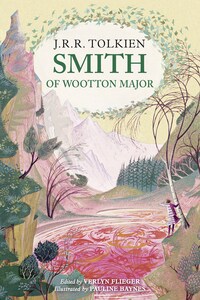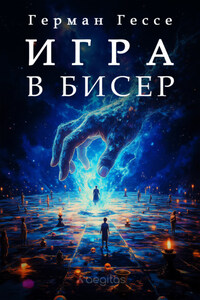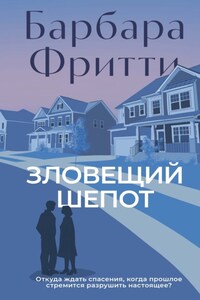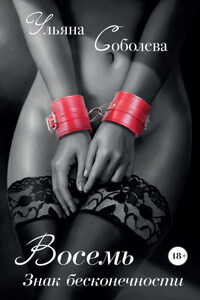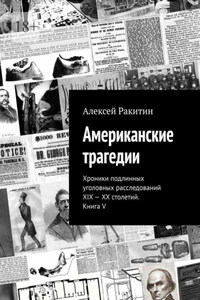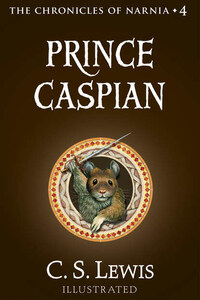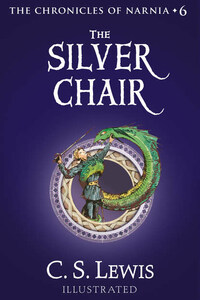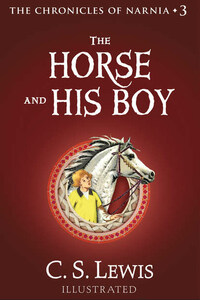Published by HarperCollinsPublishers Ltd
1 London Bridge Street
London SE1 9GF
www.tolkien.co.uk
www.tolkienestate.com
Smith of Wootton Major first published in Great Britain by George Allen & Unwin 1967
Smith of Wootton Major ‘Extended edition’ first published in Great Britain by HarperCollinsPublishers 2005
Copyright © The Tolkien Trust 1967, 2005
Foreword, afterword and notes copyright © HarperCollinsPublishers 2005
Illustrations copyright © HarperCollinsPublishers 1967, 1980
and ‘Tolkien’
>® are registered trade marks of The Tolkien Estate Limited
The illustrations and typescript and manuscript pages are reproduced courtesy of the Bodleian Library, University of Oxford, from their holdings labelled: MS. Tolkien 6, fols. 98r, 99, 3r-v, 4r, 13r-v, 32r-v, 37r-v, 38r, 41-44r-v; and 10, fols. 48, 50, 51, 52, 53, 54, 55, 56, 58, 59 (2 images), 60 (detail)
Cover artwork and layout design © HarperCollinsPublishers Ltd 2015
A catalogue copy of this book is available from the British Library.
All rights reserved under International and Pan-American Copyright Conventions. By payment of the required fees, you have been granted the non-exclusive, non-transferable right to access and read the text of this e-book on-screen. No part of this text may be reproduced, transmitted, down-loaded, decompiled, reverse engineered, or stored in or introduced into any information storage and retrieval system, in any form or by any means, whether electronic or mechanical, now known or hereinafter invented, without the express written permission of HarperCollins.
Source ISBN: 9780007557288
Ebook Edition © August 2014 ISBN: 9780007557295
Version: 2015-02-04
Contents
Cover
Title Page
Copyright
Note on Orthography and Usage
Foreword
Smith of Wootton Major
Gallery
Afterword
“Genesis of the story”
Tolkien’s draft introduction to The Golden Key
‘The Great Cake’ Time Scheme and Characters
Suggestions for the ending of the story
Smith of Wootton Major essay
Hybrid draft and transcription of ‘The Great Cake’
Lake of Tears drafts and transcriptions
Footnote
Notes
Works by J.R.R. Tolkien
About the Publisher
The transcriptions of Tolkien’s notes, comments and drafts are presented as faithfully as possible within the constraints of sense, clarity and consistency. I have corrected obvious typographical errors, but have tried to conform to his spelling, usage, and punctuation, even when, as sometimes was the case, these were inconsistent from instance to instance.
Verlyn Flieger
“DON’T READ THIS! Not yet.”
It was with this unequivocal admonition that J.R.R. Tolkien began his never-finished introduction to a proposed edition of George MacDonald’s The Golden Key. The headline words at the top of the page were aimed at a child reader, as the rest of the rather playful introduction (a transcription of which is included in this volume) makes clear. Nevertheless, whether to child reader or adult reader, Tolkien meant what he said.
He had a strong opinion that editorial introductions were an unnecessary intrusion, for they inevitably came between the story and its reader, and affected the first impression of it. In Tolkien’s view reader and story should first meet face to face with no intermediary. There should be no one to interpret, or tell the reader what the story was about, or what to think of it. The proper “introduction”, Tolkien wrote, should simply be, “Reader, meet The Golden Key.” So strongly did he feel about this that he left off writing his introduction to MacDonald’s story and proceeded instead to write a story of his own, the book you have in your hand, Smith of Wootton Major.
There is much to be said about Smith of Wootton Major, much of it by Tolkien himself, but it can be postponed in favour of the story. Following Tolkien’s instruction, I have placed the introduction to this edition after the story, fitting it in with the end-matter. Don’t read it until after you have read and enjoyed the story. Instead:
Reader, meet Smith of Wootton Major.
Verlyn Flieger
HERE was a village once, not very long ago for those with long memories, nor very far away for those with long legs. Wootton Major it was called because it was larger than Wootton Minor, a few miles away deep in the trees; but it was not very large, though it was at that time prosperous, and a fair number of folk lived in it, good, bad, and mixed, as is usual.
It was a remarkable village in its way, being well known in the country round about for the skill of its workers in various crafts, but most of all for its cooking. It had a large Kitchen which belonged to the Village Council, and the Master Cook was an important person. The Cook’s House and the Kitchen adjoined the Great Hall, the largest and oldest building in the place and the most beautiful. It was built of good stone and good oak and was well tended, though it was no longer painted or gilded as it had been once upon a time. In the Hall the villagers held their meetings and debates, and their public feasts, and their family gatherings. So the Cook was kept busy, since for all these occasions he had to provide suitable fare. For the festivals, of which there were many in the course of a year, the fare that was thought suitable was plentiful and rich.
